
Hospitals Sliding Doors: A Serious Issue that Requires Attention
- By:hqt
- 2022-10-09
- 29
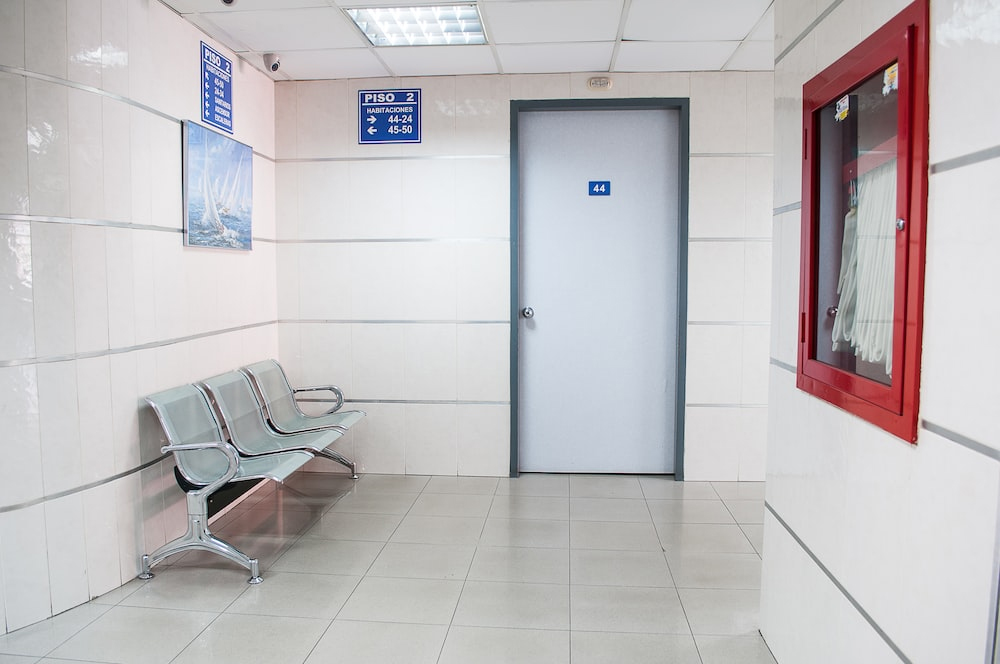
Hospitals have become the hub of medical services and care for many people. There are different kinds of hospitals, including general hospitals, specialty hospitals, research hospitals, and chronic care hospitals. The last one is specifically designed to provide long-term care with extended support services. A hospital has several sub-sections called wings or floors. A sliding door is used as a partition in these areas to maintain privacy while also making it easier to get around the facility. While these doors help maintain privacy and restrict access to sensitive areas, they also come with serious risks that are often overlooked by operators until disaster strikes: These issues need to be addressed immediately if we want to prevent more incidents like these in the future.
Hospital Sliding Doors: A Serious Safety Issue
Most people assume that hospital sliding doors are safe because they’re meant for healthcare facilities. This assumption couldn’t be further from the truth. Hospitals are among the most dangerous places in the world, with patients at a high risk of contracting infectious diseases. The most common dangers include infections, airborne diseases, and bloodborne diseases. Sliding doors in hospitals also pose a serious risk and can lead to serious injury. This is often due to poor maintenance and unprofessional staff. These are serious issues because they can lead to further infections. Another common problem is that the sliding doors don’t have sensors or red lights to indicate when they’re in motion. This poses a major risk to patients, employees, and first responders. It can also prevent patients from getting the help they need. Sliding doors can also pose a risk to the building itself. They can cause serious structural damage after a long enough period of time. This is because the door seals aren’t made for continuous use.
The Problem with Hospitals’ Sliding Doors
The problem with hospitals’ sliding doors starts with the fact that they’re not designed for continuous use. This means that they’ll need to be repaired often. The door seals are meant for single use only, and they wear down over time. This means that the doors will lose their ability to block out dust, germs, and bacteria. In some cases, the seals can be misaligned, which can lead to the doors sticking. This is bad because it can cause a hospital to be inaccessible during an emergency. The problem can be even worse if the hospital is located in a seismically active region, as the sliding doors could jam shut during an earthquake. There’s also the risk that the doors can disengage completely, posing a risk to patients and staff members. This can happen if the door panels are warped or misaligned.
What kind of doors do hospitals use?
There are different types of doors used in hospitals. They can be broken down into two categories: sliding doors and swinging doors. Sliding doors are the most common type found in hospital wards. These are made up of a panel that moves on a track. They’re widely used in healthcare facilities because they allow for better airflow, they’re easy to clean, and they’re relatively inexpensive. The second type of door is the swinging door. This is used mainly in areas where noise needs to be contained, such as laboratories or operating rooms. Unlike sliding doors, these are completely sealed. They’re also equipped with an interlock system that automatically stops the door from opening when there’s a risk of collision.
how to open sliding glass door in hospital room
Sliding glass doors are usually meant for indoor use and are not suitable for use in a medical facility. When the need arises to open the door but the mechanism is broken, you can use a dowel rod or wooden spoon to push the lever that is on the interior of the door and slide the door open. If you have a wooden spoon, you will need to remove the handle and then wedge the handle into the interior mechanism and push the door open. You can also use a wooden dowel rod by wedging it into the lever and pushing it. Depending on the type of door, you may need to use a great deal of force to open the door.
Fire Hazards Caused by Sliding Doors
Sliding doors are useful in many situations, but they pose a major fire hazard in a healthcare setting. The primary issue is the track that the panels slide on. This is made of combustible material and is often located near flammable materials, like oxygen cylinders. Another problem is that many sliding doors don’t have sensors or red lights to indicate when they’re in motion. This means that they can be accidentally left open by staff members or patients. Patients are especially likely to leave the doors open because they may not understand how dangerous it is. People rarely notice a small amount of smoke in the air, which can quickly turn into a major fire. This is especially dangerous in the medical sector, where there are many sensitive materials, including those used for medical treatments, that can be easily damaged in a fire.
Dangers Associated With Sliding Doors
Sliding doors can also cause serious problems for patients, employees, and first responders. These include: - Inability to Move Patients - If a patient’s bed is near a sliding door, it can be difficult to move the patient to another area of the hospital. This can become a problem if the patient needs immediate treatment or is suffering from an infectious disease. - Infection - Sliding doors are often made of materials that are easily damaged, which can lead to the spread of germs and bacteria. This can happen when the door is being opened and closed, or when the seal is broken and the panel isn’t properly cleaned. - Inability to Respond to Emergency Situations - If an emergency situation occurs in a room with a sliding door, first responders won’t be able to enter the room easily. This poses a serious risk because it can take longer to get the patient the help they need. - Structural Damage - Unlike swinging doors, sliding doors are not strong enough to support all types of loads. This means that they can cause serious damage to the structure of the building over time.
Conclusion
Hospital sliding doors are meant to provide easy access between rooms, but they also pose a number of dangers. These include a risk of fire, infection, and an inability to respond to an emergency situation. The best way to address these issues is to install more appropriate doors that don’t pose these threats.
About E-ZONG
E-ZONG(Yizhong), a company based in China, integrates R&D, production, and sales of cleanroom aluminum profiles, air conditioning unit frame aluminum profiles, air diffuser aluminum profiles and Cleanroom Door, medical automatic doors, and other aluminum products. They are widely used in medical and health, bio-pharmaceutical, food and beverage, cosmetics, machinery, and electronics industries; E-ZONG(Yizhong) has introduced a full set of CNC machining equipment in their production processes. Their quality is in a leading position in the same industry. As of today (date), E-ZONG(Yizhong) occupies a plant area of more than 30,000 square meters with more than 300 employees.
-
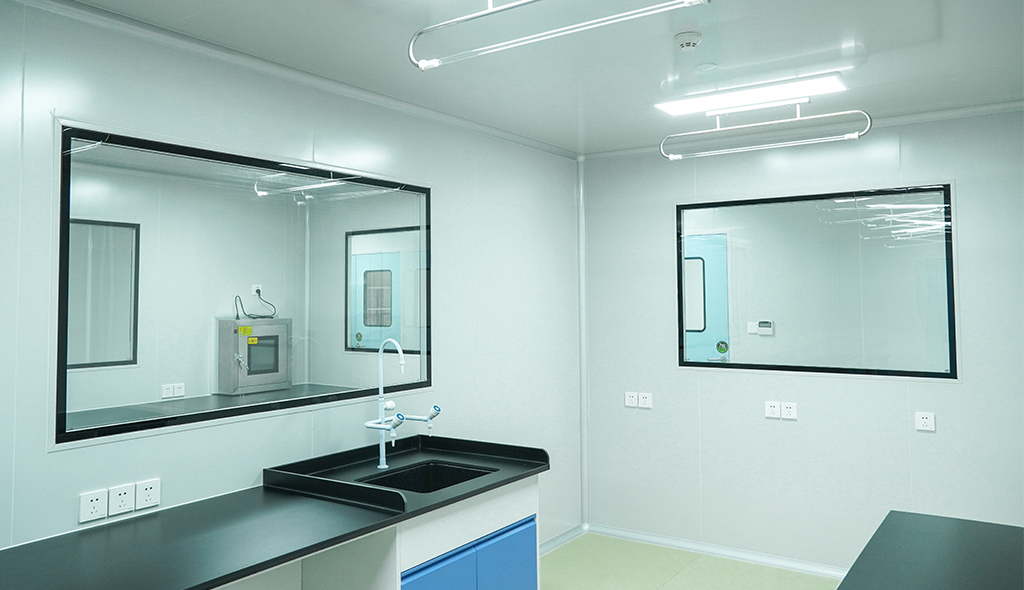 Cleanroom Glass Windows Are The Key to Maintaining a Clean Environment
Cleanroom Glass Windows Are The Key to Maintaining a Clean Environment -
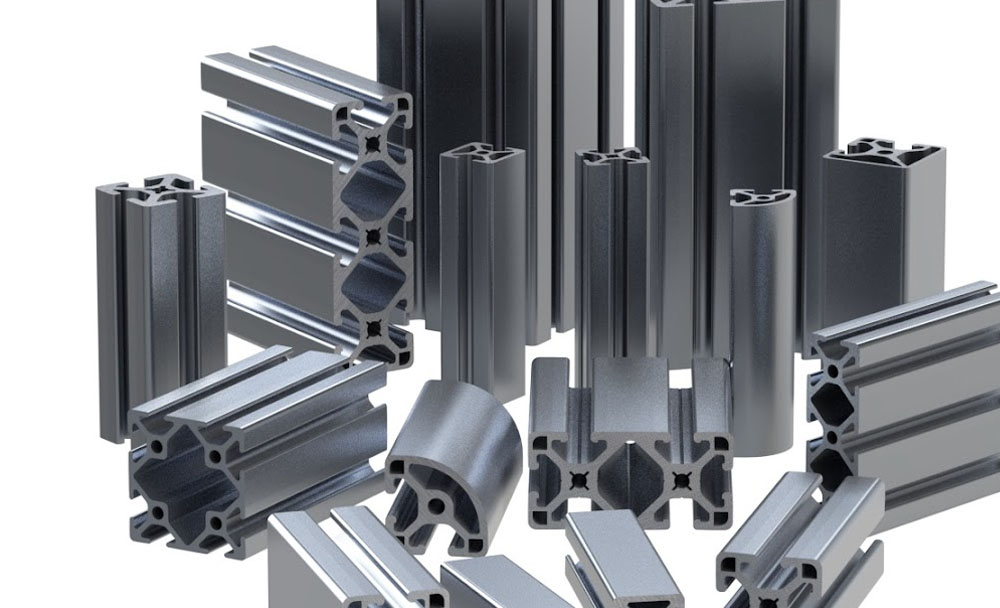 Top Aluminium Profile Manufacturers in China: Leading the Global Market
Top Aluminium Profile Manufacturers in China: Leading the Global Market -
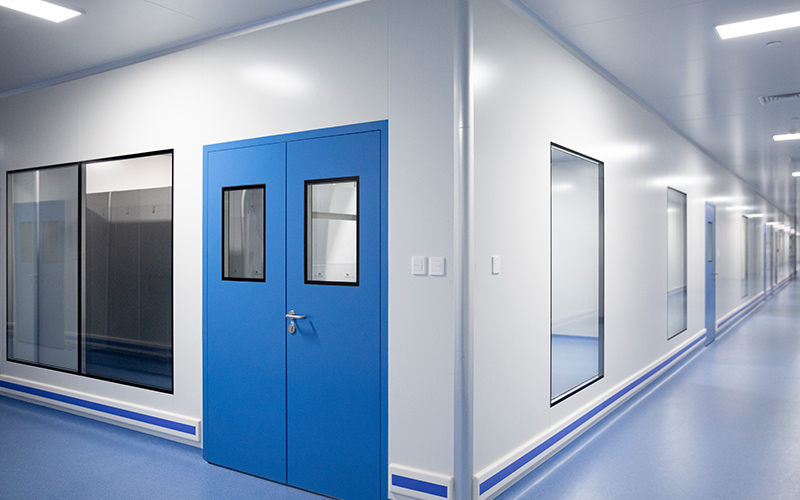 The Evolution of Air Tight Sliding Doors
The Evolution of Air Tight Sliding Doors -
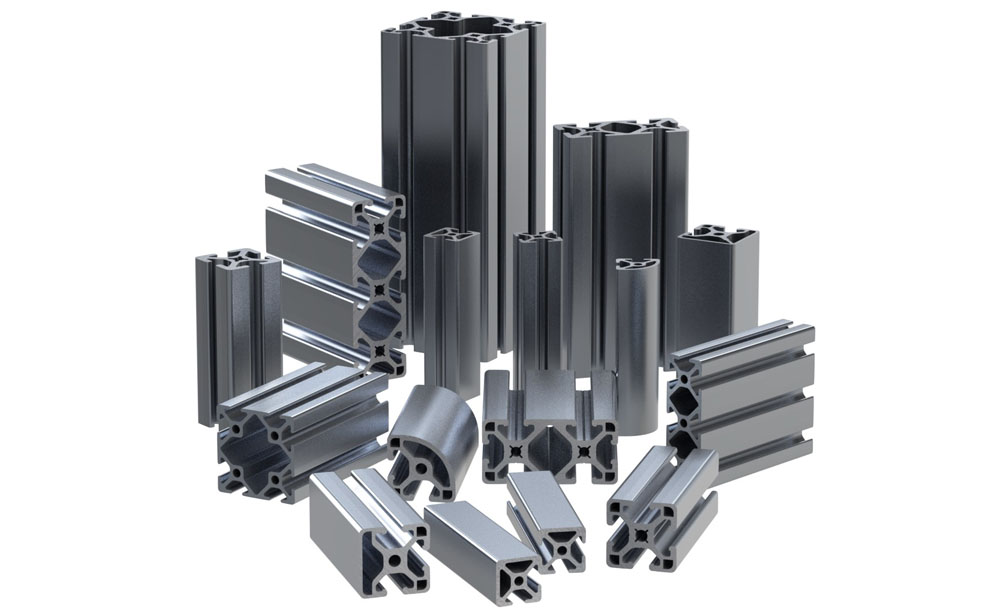 AHU Aluminium Profile: A Comprehensive Guide
AHU Aluminium Profile: A Comprehensive Guide -
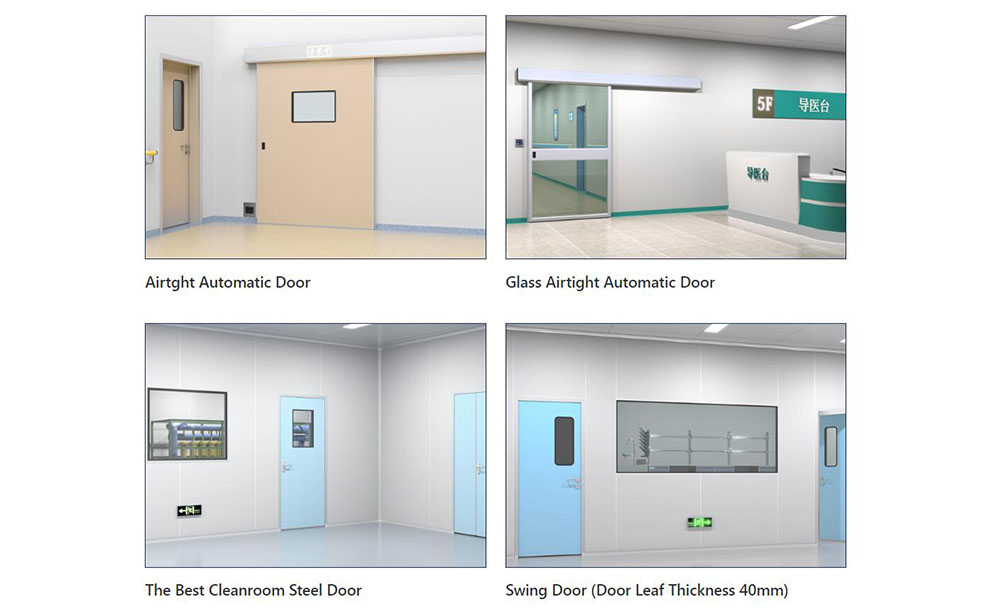 The Importance of Choosing the Right Cleanroom Door in Vietnam
The Importance of Choosing the Right Cleanroom Door in Vietnam -
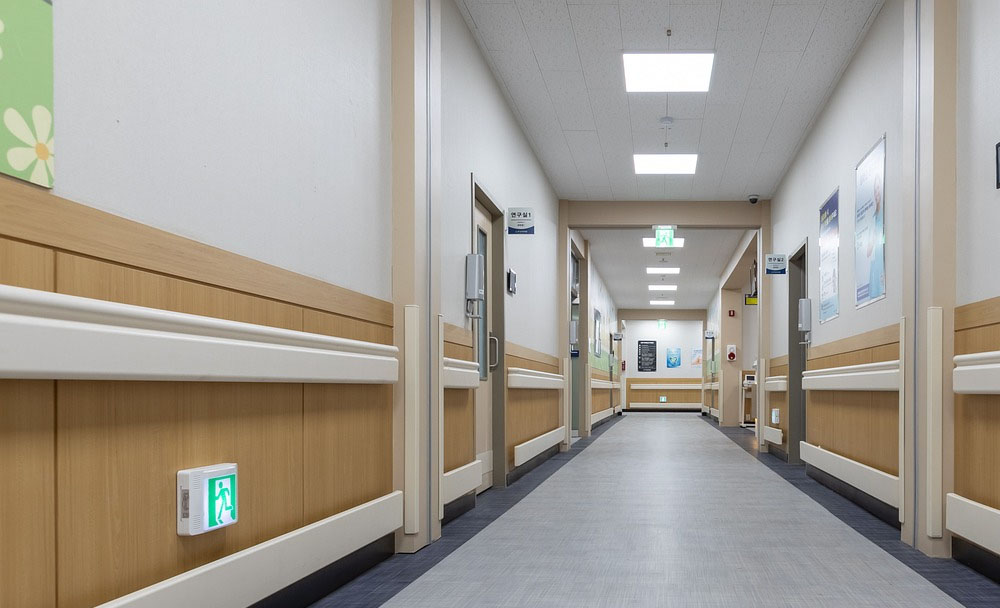 The Benefits of Hospital Automatic Doors: Enhancing Efficiency and Safety
The Benefits of Hospital Automatic Doors: Enhancing Efficiency and Safety -
.jpg) The Best Bathroom Door Manufacturers - Unlocking Endless Possibilities!
The Best Bathroom Door Manufacturers - Unlocking Endless Possibilities! -
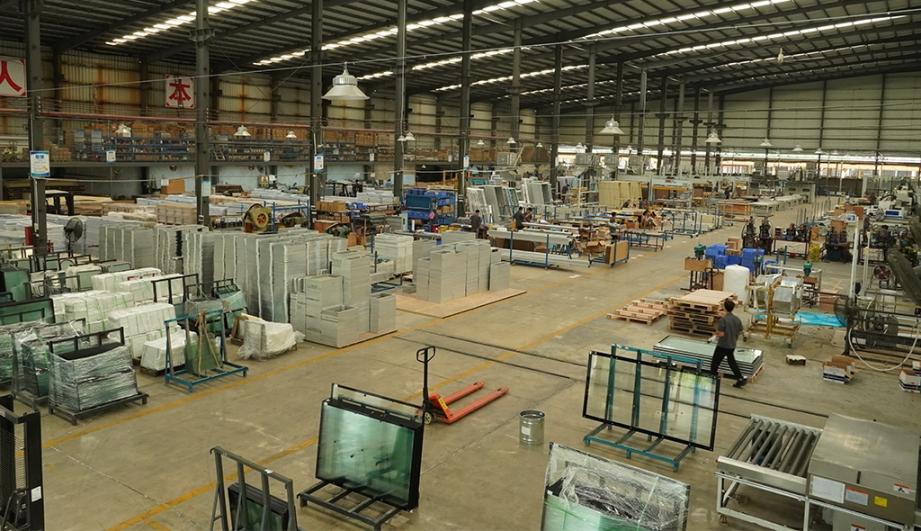 Unlock the Possibilities with AJ Manufacturing Doors
Unlock the Possibilities with AJ Manufacturing Doors -
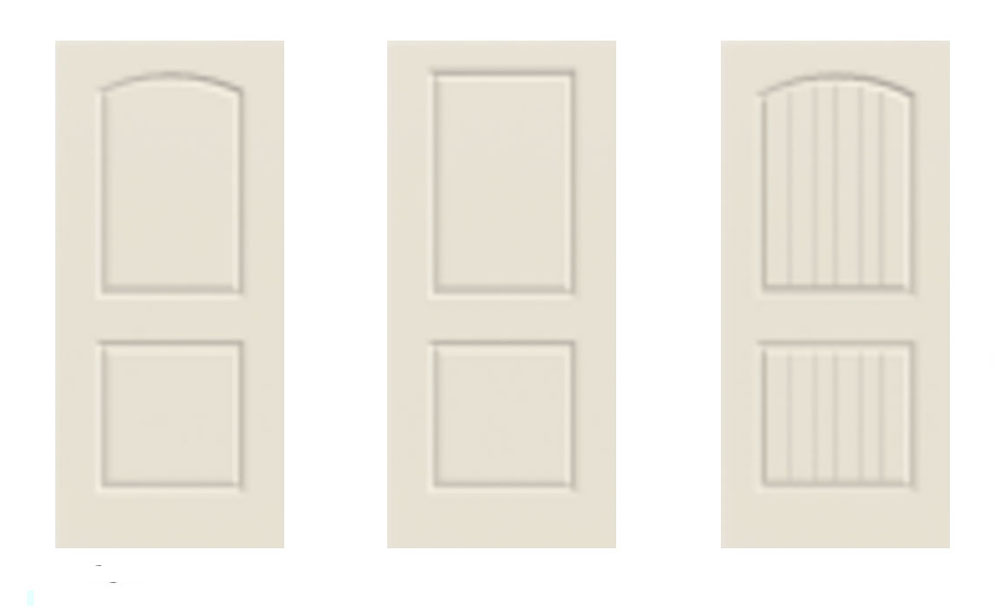 Make a Statement with Manufactured Home Interior Doors!
Make a Statement with Manufactured Home Interior Doors! -
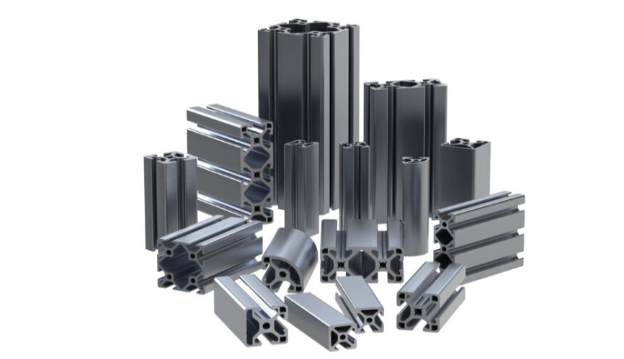 what is aluminum profile? Aluminum Profiles for Your Home is the best option
what is aluminum profile? Aluminum Profiles for Your Home is the best option
-
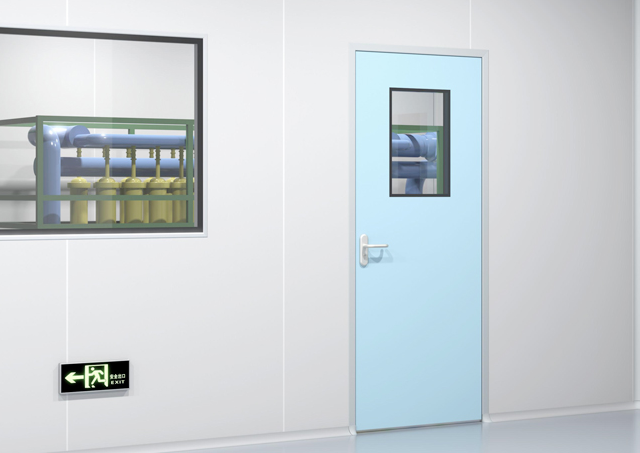 Next-Gen Medical Cleanroom Access: Introducing the Cleanroom Steel Door Solution
Next-Gen Medical Cleanroom Access: Introducing the Cleanroom Steel Door Solution -
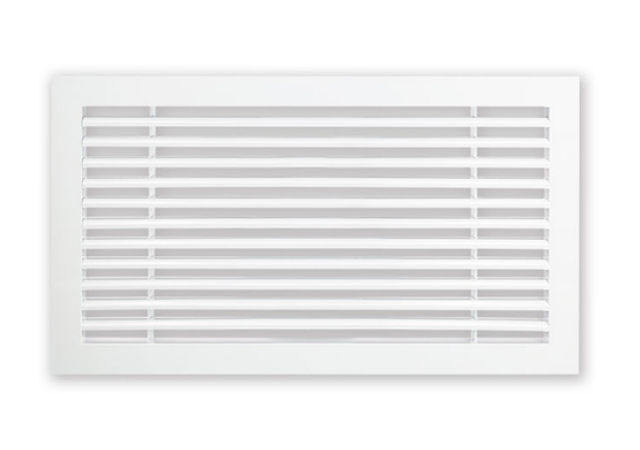 Linear Bar Grille Air Conditioning Diffuser with 0° Angle Blades for Perfect Airflow
Linear Bar Grille Air Conditioning Diffuser with 0° Angle Blades for Perfect Airflow -
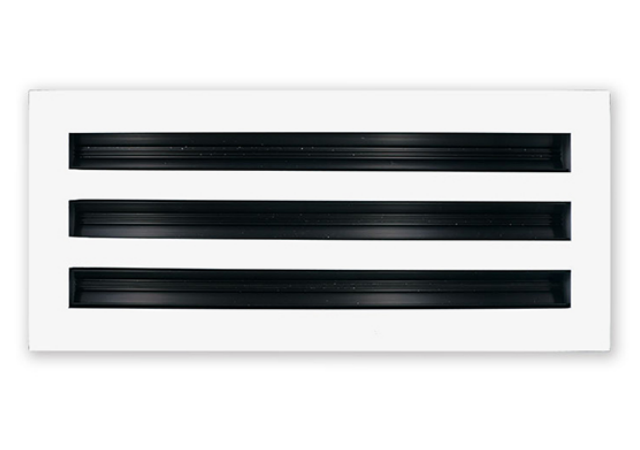 The Sleek and Efficient Linear Slot Diffuser for Air Vent
The Sleek and Efficient Linear Slot Diffuser for Air Vent -
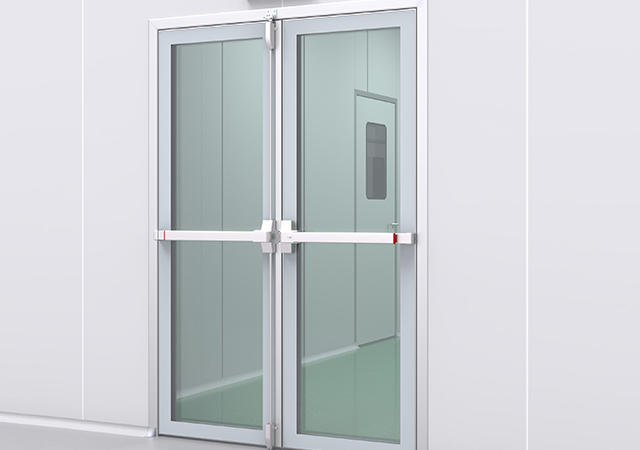 Double-Swing Glass Doors - Modern Laboratory Cleanroom Doors
Double-Swing Glass Doors - Modern Laboratory Cleanroom Doors -
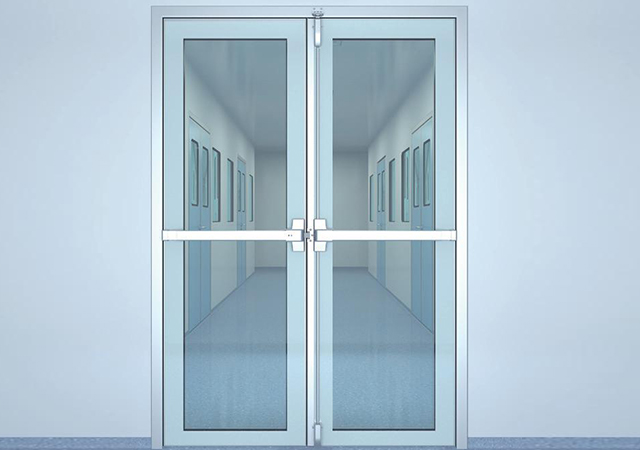 Superior Aluminium Glass Swing Door - Pharmaceutical Cleanroom Door
Superior Aluminium Glass Swing Door - Pharmaceutical Cleanroom Door -
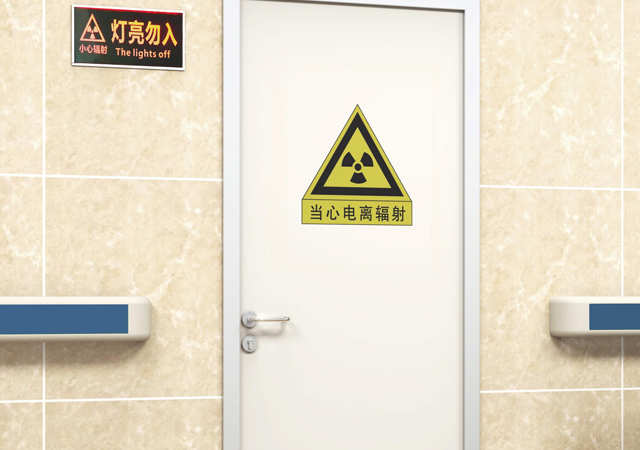 E-ZONG Leads the Way in China's Medical Lead Protection Doors: Innovation for Safety and Efficiency
E-ZONG Leads the Way in China's Medical Lead Protection Doors: Innovation for Safety and Efficiency -
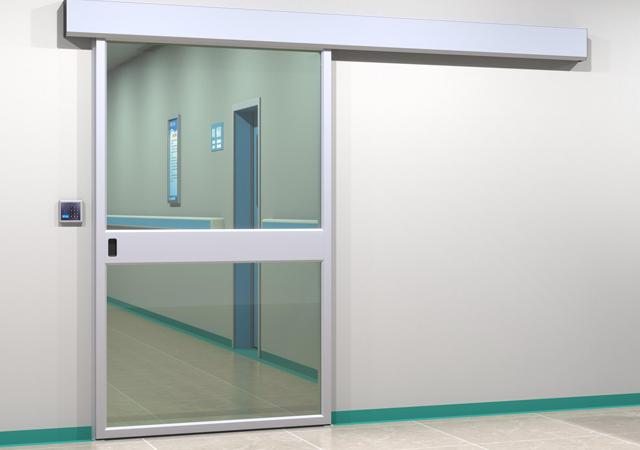 E-ZONG: Leading the Suppliers of Glass Airtight Automatic Doors for Safer, Cleaner Spaces
E-ZONG: Leading the Suppliers of Glass Airtight Automatic Doors for Safer, Cleaner Spaces -
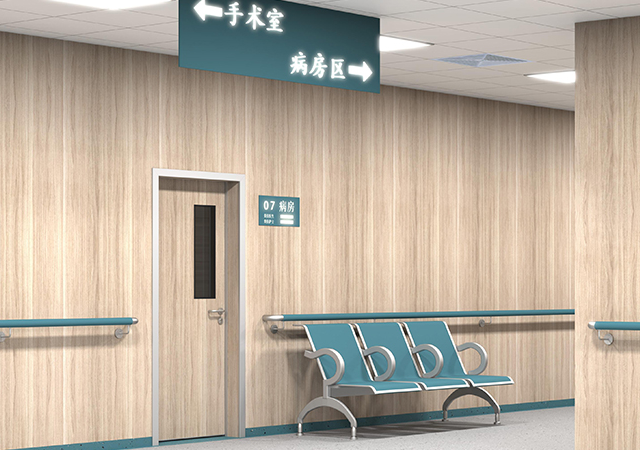 How Wall Air-Tight Swing Doors Ensure Clean Environments With Secure & Silent
How Wall Air-Tight Swing Doors Ensure Clean Environments With Secure & Silent -
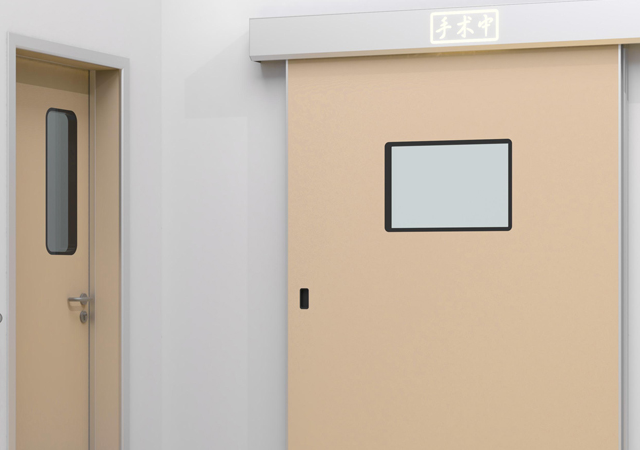 Seamless Automatic Cleanroom Sliding Doors: Smooth, Safe, and Hygienic Solutions
Seamless Automatic Cleanroom Sliding Doors: Smooth, Safe, and Hygienic Solutions -
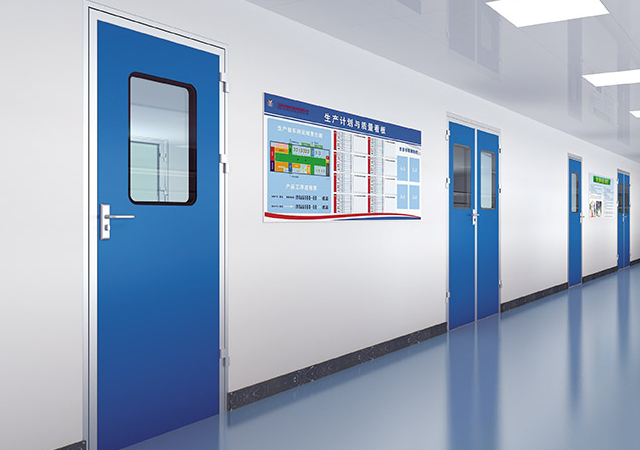 Elegant & Durable: Premium Swing Door Protection for Hospitals
Elegant & Durable: Premium Swing Door Protection for Hospitals

Guangzhou Yizhong Aluminum Industry Co., Ltd.
We are always providing our customers with reliable products and considerate services.
We are always providing our customers with reliable products and considerate services.
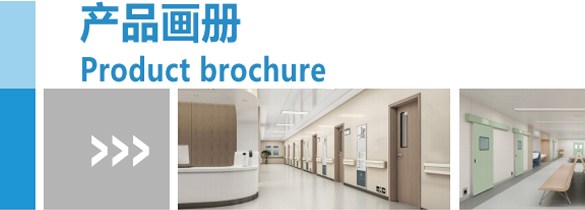









Speak Your Mind